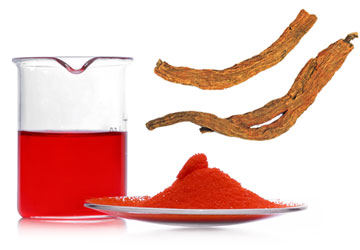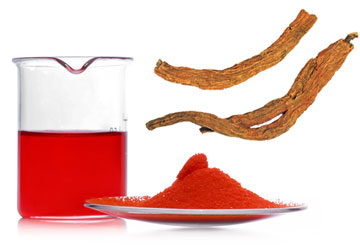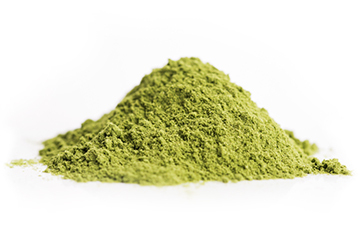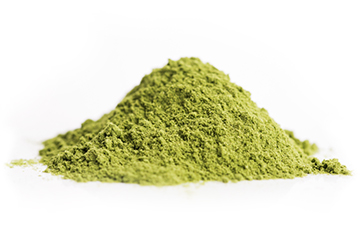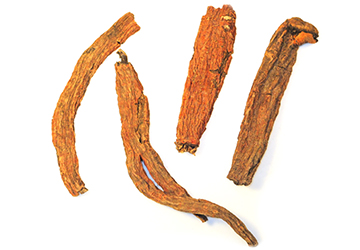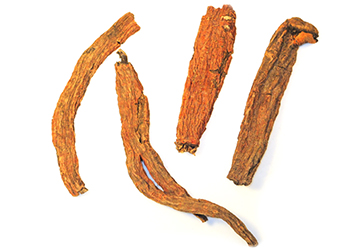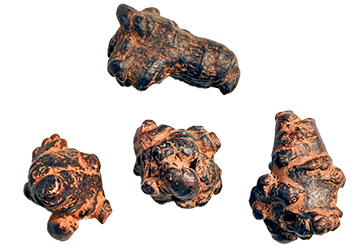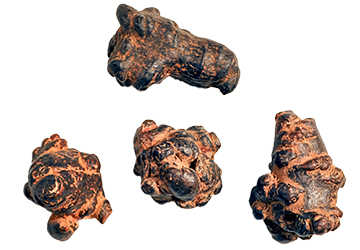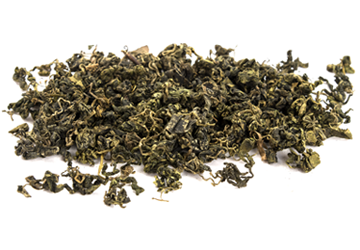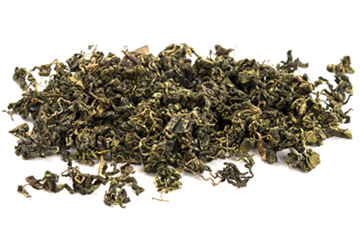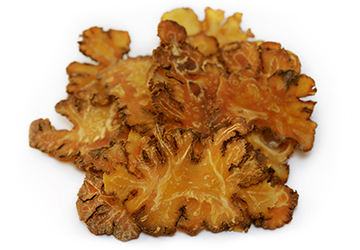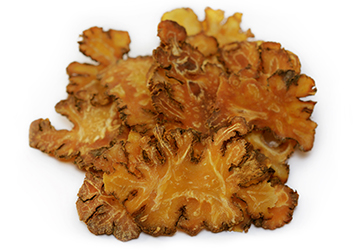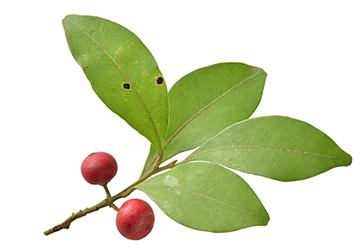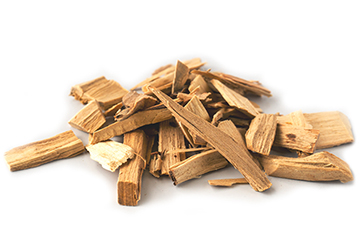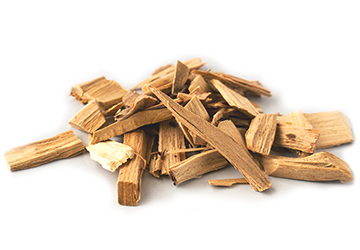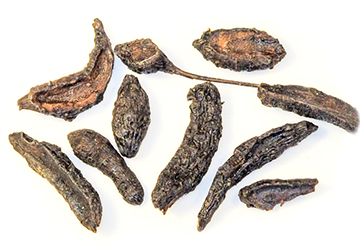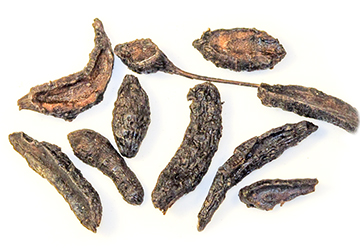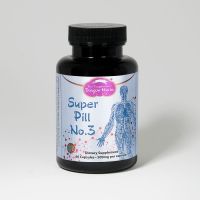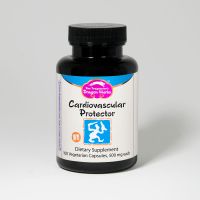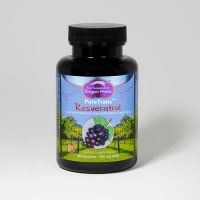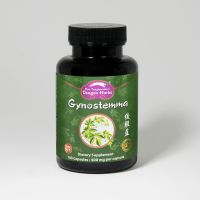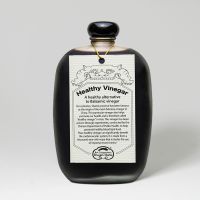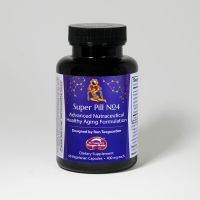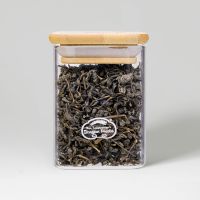The Vital Role of Vascular Health in Longevity and Harmony
The human body is a microcosmos, an infinitely complex symphony of intricate, interconnected systems. There are at least a dozen “systems” that play existential roles in our lives, and each of these systems interact with the others. The cardiovascular system serves as its central rhythm. Blood circulates ceaselessly, delivering oxygen, nutrients, and Qi, our life-force energy, to every cell. At the same time, it is continuously removing metabolic, immunological and respiratory waste, and safely eliminating toxins.
In Daoist philosophy, this dynamic blood flow is fundamental to health, youthfulness and longevity, akin to a river that nurtures the land it traverses while accepting the excessive runoff. When blood flows freely, the body can thrive, but when impeded, the stagnation invites imbalance and toxicity.
Living in an ever-changing world, maintaining optimal vascular health is a nuanced challenge. Over time, factors such as general aging, wear and tear, dietary habits, dehydration, and especially stress, contribute to the narrowing and degradation of blood vessels, and to the thickening of our blood. This perfect storm is rooted in a state called "inflammaging" which refers to the ubiquitous, low-grade, chronic inflammation that accelerates vascular and systemic aging in every human being. In order to slow down the profound, yet subtle, imbalances that accumulate over time requires a holistic approach that harmonizes the body’s internal environment, supports repair, encourages consistent renewal (rejuvenation), and supports our adaptive capacity.
Functional herbs have long provided a bridge between the body’s innate capacity to thrive and the challenges of maintaining our balance and vitality. Shennong, one of the founders of the Chinese health philosophy, described the cultivation of life as an art, emphasizing tonic herbalism for its capacity to nurture our life without harm. Shennon described the "First Level" herbs, which have been revered for thousands of years. These herbs by are by nature gentle yet profound, fostering regulation and resilience rather than imposing force. Upon this tradition of safe and effective longevity-herbalism lies the foundation of Young at Heart, a formulation that marries the wisdom of antiquity with the precision of modern nutraceutical science.
A Legacy of Innovation – The Story Behind Young at Heart
Young at Heart draws inspiration from the Barefoot Doctor’s Manual, a collection of classical practices emphasizing accessible, integrative health solutions for a modern world. The original formula is a testament to this ethos, balancing the principles of traditional Chinese herbalism with the needs of mid twentieth century China. Each ingredient was selected not only for its individual properties but for its ability to work in harmony with others, creating a dynamic synergy that supports cardiovascular and systemic vitality.
Since that time, six decades ago, such classic formulas have been used by countless people and have been clinically and practically demonstrated to be highly effective at promoting radiant health. However, in the past sixty-five years, there have been earthshattering advances in the nutraceutical/herbal sciences, including remarkable gains in understanding of how, why, when these herbs and formulas function when consumed. In the past fifteen years, the breakthroughs have reached the molecular level, albeit aways from the holistic frame of reference characteristic of Chinese herbal and health philosophy. Biochemical factors have been revealed within the herbs, their deep functional capacity even at the sub-cellular level has been parsed, and this allows for profound tweaking of ancient formulas based on the history, the science, and upon modern experimental and clinical review. Young at Heart is indeed a classic masterpiece, but it has been revealed that by employing modern knowledge and cutting-edge nutraceutical skills, this formula can be further enhanced.
This new upgraded version of Young at Heart is an innovative integration of traditional and advanced compounds. This has been accomplished by upscaling, in a very nuanced, balanced, and tested manner, some of the active constituents that have been discovered within the same herbs that are native to the original Young at Heart formula.
One of these “nutraceutical” extracts is named Tanshinone IIA Sulfonate Sodium – or Sodium Tanshinone IIA Sulphonate (STS). Tanshinone IIA (Tan-IIA) is the main active constituent of the famous and widely used major Chinese herb known as Red Salvia root (Salvia miltiorrhiza), or Danshen. Over the past 20 years STS has been demonstrated in hundreds of rigorous studies to be a profoundly beneficial molecule, especially when provided within the context of the full Salvia extract. Dozens of molecules in the “whole extract” of Red Salvia root support, enhance, and balance the activity of TanIIA, and without them Tan-IIA, like most reductionist isolates, is not as effective. Furthermore, conventional TanIIA has low bioavailability when consumed by humans, so to obtain a significant effect, large amounts must be consumed. Fortunately, Tan-IIA is very safe, but it has remained largely a non-starter in the supplement universe in terms of dose and cost.
However, STS is a groundbreaking “form” of Tanshinone IIA. STS is derived from Tan-IIA and has long been shown to be a harmless, highly bio-available, extremely effective molecule that has the full power of Tan-IIA. The development of STS exemplifies how ancient wisdom can evolve to meet contemporary needs. Complemented by Red Salvia whole-herb extract, which provides vital cofactors, and the highly concentrated gypenoside extract derived from Gynostemma, this formula offers unparalleled support for vascular health, stress resilience, and healthy aging support.
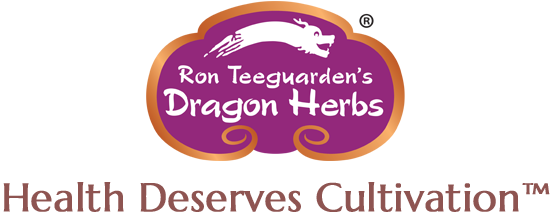

 A Note on Dosing STS – The Bioavailability Breakthrough in Young at Heart
A Note on Dosing STS – The Bioavailability Breakthrough in Young at Heart
